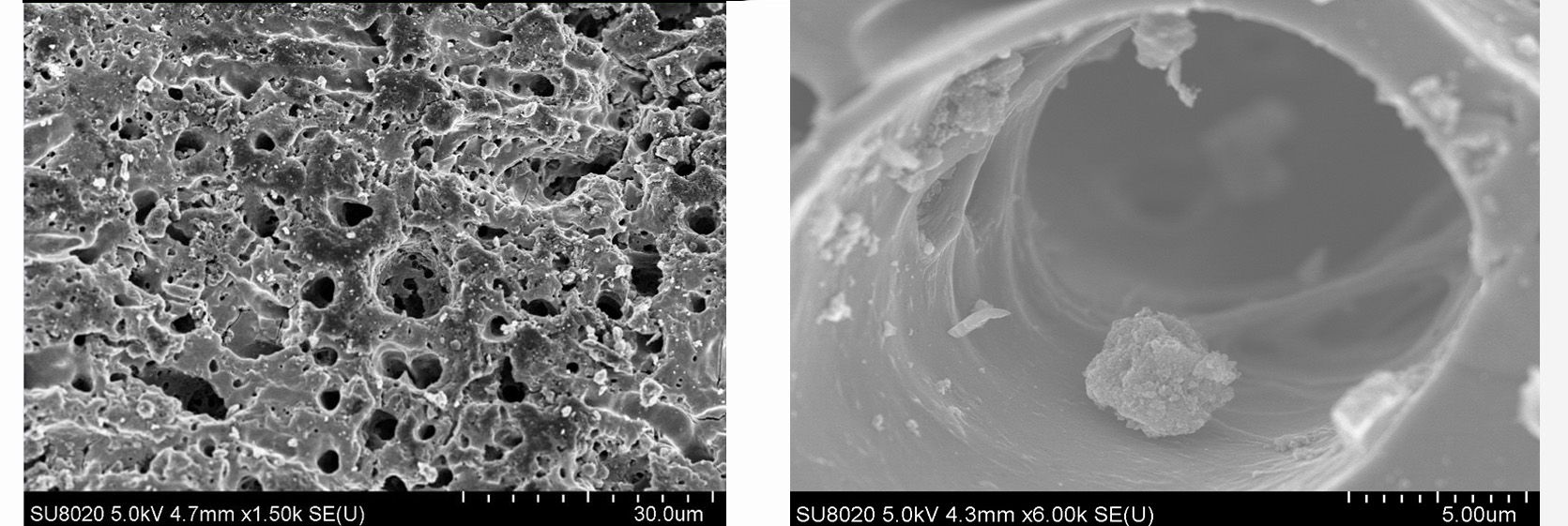The Pore structure of activated carbon
Coal-based activated carbon has rich pore structure and forms huge specific surface area, which makes it have the ability to adsorb gas and liquid molecules. Therefore, the pore structure of coal-based activated carbon has a very important effect on its adsorption performance. According to the classification standards of the International Union of Pure and Applied Chemistry (IUPAC), the pores on the surface of activated carbon are divided into three categories: those with a pore diameter greater than 50 nm are macropores; those with a pore diameter between 2 and 50 nm are mesopores; and those with a pore diameter less than 2 nm are micropores. Different pore diameters can exert their corresponding functions.

The Macropores of activated carbon
Macropores are the channels of adsorbate when adsorption occurs, and their specific surface area is generally very small, and they have no adsorption effect. When activated carbon is used in the catalytic field, larger pores are very important as a site for supporting active components, and in addition, biological activated carbon can provide a site for microorganisms and fungi to survive and reproduce.
The Mesopores of activated carbon
Mesopores play an important role in the application of activated carbon. Activated carbon with developed mesopores has a good adsorption effect on organic macromolecules, which is often used to remove large colored impurities or colloidal particles in solution. Secondly, mesopores play an important role in adsorption kinetics as a channel for adsorbate to enter micropores. In addition, in the catalytic field, the mesopores of carbon are the main loading sites for active components and various chemicals. The specific surface area of mesopores is generally 20~70m2/g. Activated carbon with developed mesopores can also be prepared by special raw materials and processes to enhance the decolorization effect and gas phase adsorption performance of activated carbon. At this time, its surface area can reach 200~700m² /g.
The micropores of activated carbon
The specific surface area of micropores can generally reach 800~1000m2/g, in the process of adsorption and filling, the process depends not only on the pore morphology, but also on the properties of adsorbate and the interaction between adsorbate and adsorbate. Therefore, micropores mainly determine the adsorption characteristics of activated carbon.